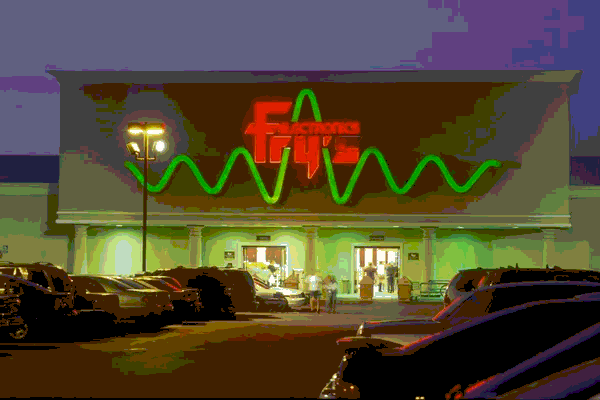Amp Lamp
A lighting kit that is aimed towards Makers and Educators with a focus around fundamental principles of lighting, 3D printing, and physical computing.
YEAR: 2019
ROLE: Rapid Prototyper, Industrial Designer
STATE: Working Prototype
COLLABORATORS:
* Downloadable parts can be found at 3D Freebies
Strategy
Develop a product kit that introduces makers and hobbyists to the basics of 3D printing, lighting, and programing with an Arduino Uno.
The design should be:
1) Exciting; a friendly invitation into the world of coding and 3D-printing.
2) Open-Source; allowing the user to modify the code and models.
3) Aesthetic; the design shouldn’t feel out of place in a contemporary living room or bedroom
Ideation
The design is inspired by different electronic waveform types [sinusoidal, triangle, sawtooth, square].
The final design for the Amp Lamp came from my childhood electronics store which used a sinusoidal waveform [see photo for reference].
Photo: Fry’s Electronics in Sunnyvale, California; the electronics store of my childhood. This is where my father purchased the family’s Window’s 95 machine.
Photo: A concept inspired by a square waveform.
Photo: A concept inspired by a triangle waveform.
Photo: A concept inspired by a sinusoidal waveform.
Prototyping
The project timeline was 3 weeks, with the final deadline being for the 2019 Bay Area Maker Fair where it would on display at the UC Davis Design Department table. The piece was modeled in Solidworks and 3D printed using a Prusa Mk2.5S printer.
The sore spot in the prototyping process came with removing impurities in the 3D printed diffuser. This was fixed through adjustments with the 3D printer.
Photo: CAD model of the Amp Lamp generated in SolidWorks
Final Design
The final build required 13 3D-printed parts, 2 LED strips, an Arduino Uno and a USB cable for power and programming. Total print time was 32 hours.
Public feedback was positive at the 2019 Bay Area Maker Faire with a lot of interests being generated by fellow makers. As of May 2023, there has been 550 downloads of the project files off Thingiverse.
Personally, I am pleased how the final light turned out and feel it was a proper homage to my childhood growing up in the silicon valley.
Photo (left): An overview of the 3D printed parts that are recommended to be printed using opaque filament for contrast.
Photo (right): The 3D-printed light light diffuser with embedded tracks for the LED strips to be mounted on.
Photo (left): The fully assembled Amp Lamp.
Photo (right): One of the examples of the lighting modes the lamp is capable of. Because this is an open-source project, the sky is the limit when it comes to different lighting compositions.










